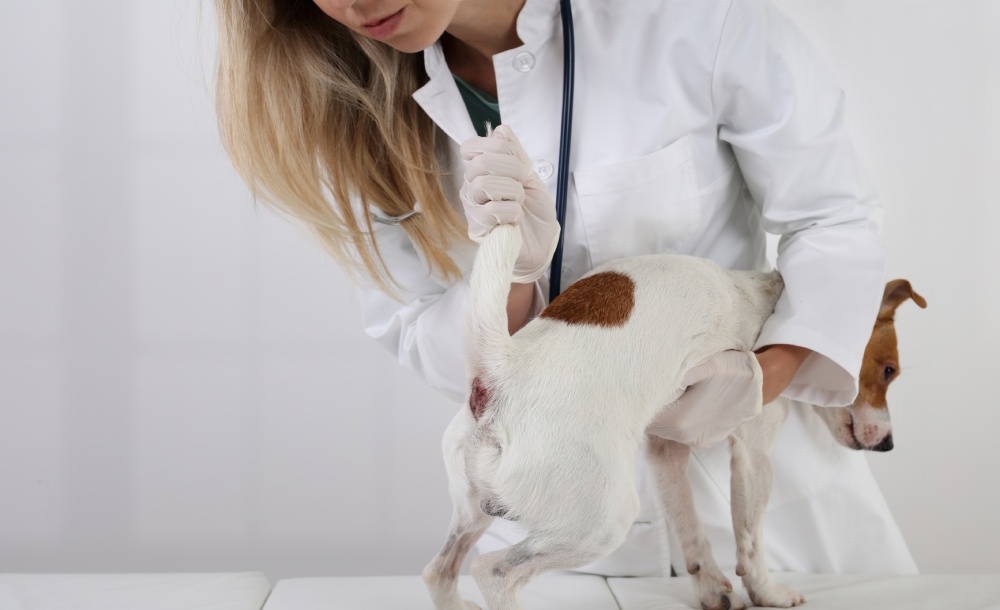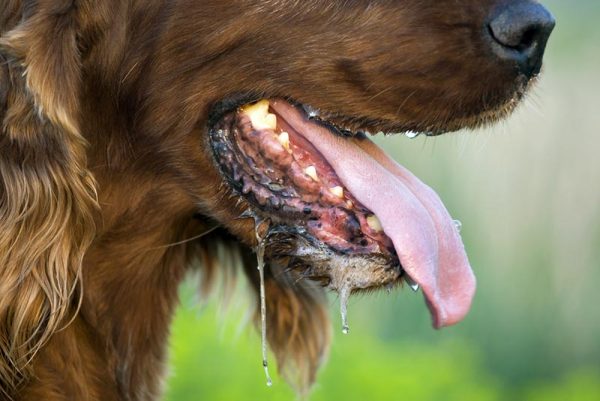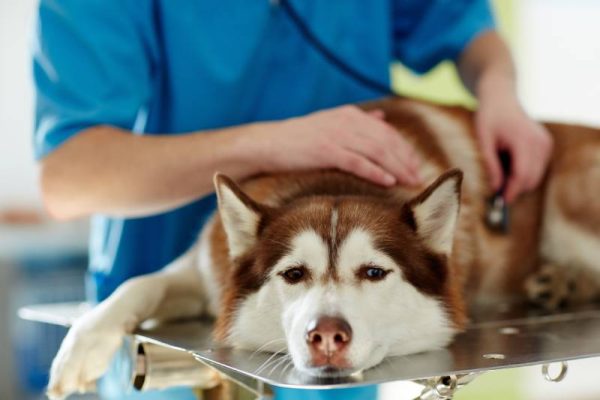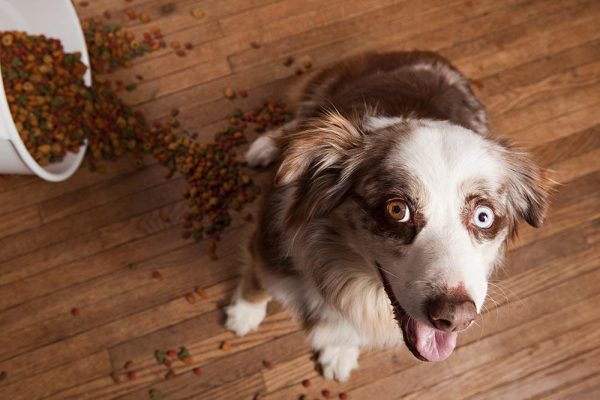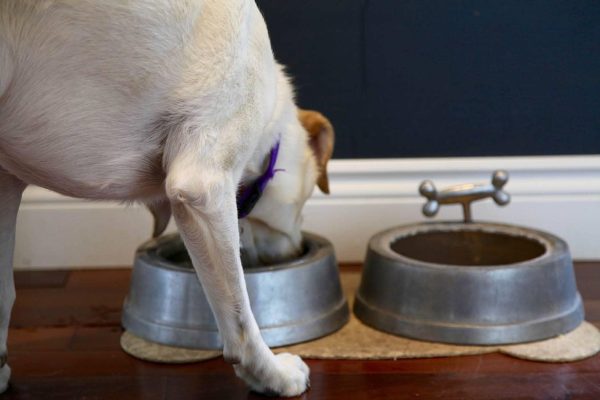In this article
View 6 More +Anal glands are secretory glands that dog owners would rather not know about, or better yet, be able to forget about! Anal glands are responsible for the stinky odor our dogs occasionally leave behind on the couch and are also one of the reasons dogs so vigorously sniff each other’s bottoms. However, did you know that these pesky little glands can develop a malignant cancer called anal sac adenocarcinoma? Continue reading to understand more about this common cancer and its clinical signs.

What Is an Anal Gland?
An anal gland, or anal sac, is a secretory gland that is found inside the rectum. On digital evaluation of the rectum, the anal glands can be palpated just within the sides of the rectum as two round to oval balls located at approximately 10 and 2 o’clock. These small glands release the odorous, oily secretion that helps dogs identify one another and mark their territory.
The glands themselves empty the secretion into small ducts that open on the rim of the rectum. This is where the secretion is deposited into the environment or into feces as it is being defecated.
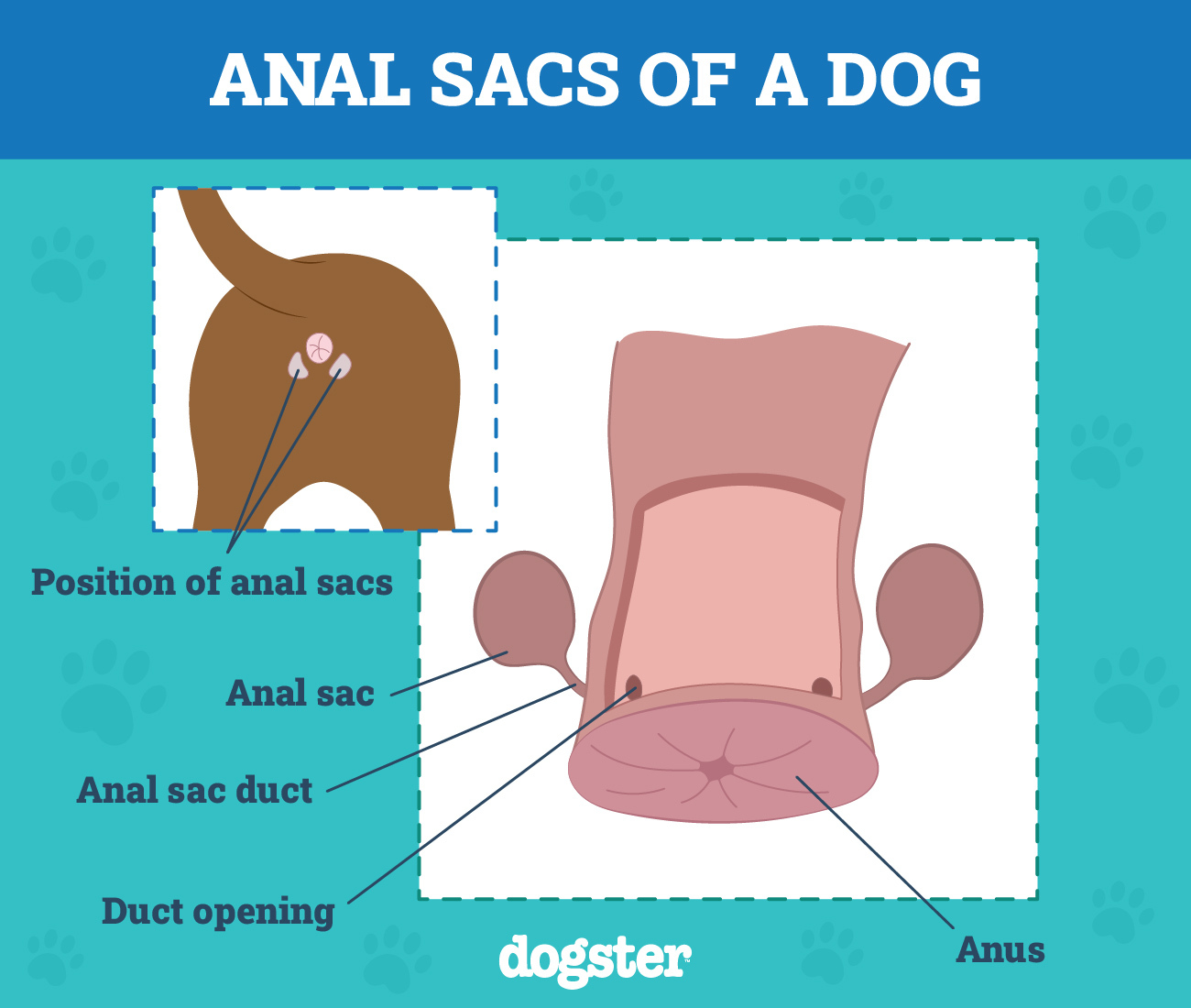
What Is Anal Gland Adenocarcinoma?
Anal glands can develop cancer, and the most common type is adenocarcinoma. This is a malignant type of cancer that can metastasize and become problematic for patients. Dogs with anal gland carcinomas are at risk of metastasis occurring in the other anal gland and elsewhere in the body, including the lungs.
Anal gland adenocarcinomas can occur in any dog breed; however, they are most prevalent in German Shepherds, Spaniels, and Dachshunds. Additionally, anal gland adenocarcinomas are more likely to occur in older animals.
If you are concerned about the health and well-being of your pet, we recommend getting in touch with a vet for guidance.
If you need to speak with a vet but can't get to one, head over to PangoVet. It's our online service where you can talk to a vet online and get the advice you need for your pet — all at an affordable price!
Signs of Anal Gland Adenocarcinoma
- Palpably enlarged, firm anal glands
- Irregularly shaped anal glands
- Excessive licking of the rectum
- Discomfort when defecating
- Reoccurring infection of the anal glands
- Excessive scooting or dragging of the rear end
Diagnosing an Anal Gland Adenocarcinoma
The first step in having an anal gland tumor diagnosed is the physical examination. Most veterinarians will perform a digital examination of the rectum at least once a year. If an abnormality is felt, your veterinarian will likely discuss the next steps, which include ruling out abscessation and impaction.
In some cases, a fine-needle aspirate of the abnormal anal gland may be done. This involves poking the gland with a needle, then expressing collected cells onto a slide. The slide is then evaluated under a microscope and can help point the doctor toward whether the mass should be removed and biopsied. Often, an excisional biopsy is done at the time of anal gland removal, and this is how a definitive diagnosis is made.
The next steps will likely include bloodwork and radiographs. Bloodwork is useful with this particular type of cancer, as some patients with adenocarcinoma will have elevated calcium. Additionally, blood work will help determine if the patient is healthy enough to undergo surgery. Radiographs will likely be done prior to surgery to check for metastasis. Roughly 50% of dogs with adenocarcinomas will have metastasis to abdominal lymph nodes, and up to 13% of dogs can have metastasis to the lungs.
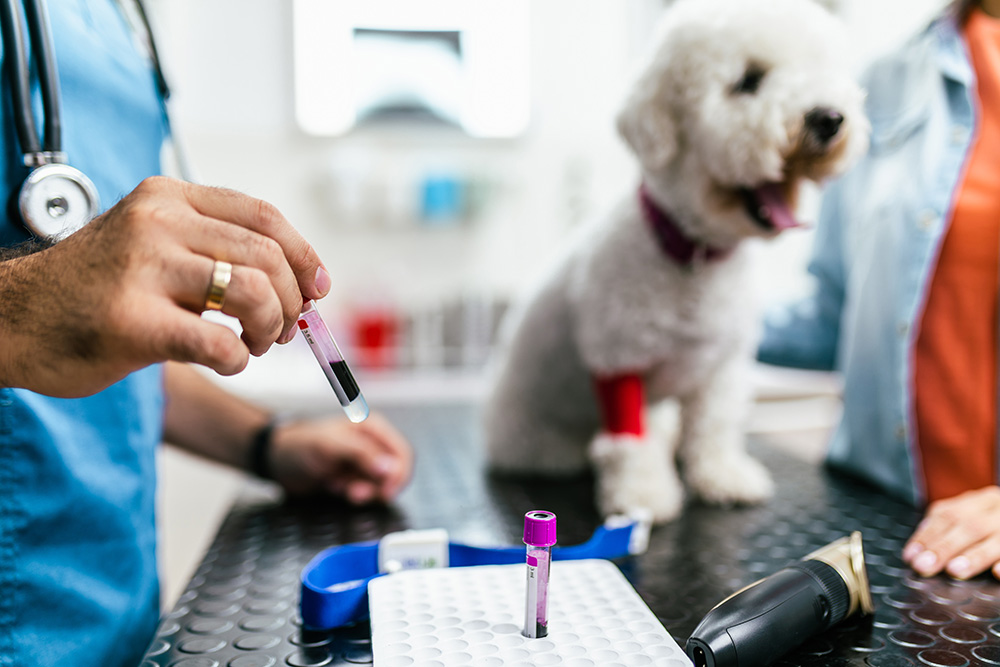
Treating Anal Gland Adenocarcinomas in Dogs
Adenocarcinomas can act aggressively. As a result, surgical removal is the treatment of choice. Surgery to remove anal glands can be complicated, and there are some risks. One of the biggest possible complications is subsequential fecal incontinence from nerve damage. Some general practitioners will feel comfortable performing anal gland removals. However, a large portion of patients requiring anal gland removal will have it performed by specialized surgeons.
Before and after surgical removal, stool softeners may be recommended. Additionally, antibiotics and anti-inflammatories are often prescribed postoperatively.
Due to the high chance of metastasis, and due to the fact that early metastasis may not result in any appreciated abnormality, chemotherapy is recommended for patients who undergo anal gland removal that have been diagnosed with adenocarcinoma.
In cases where surgical removal is not possible, radiation therapy may be utilized to reduce the size of the affected tissues.
At-Home Care
Dogs that have been diagnosed with an anal gland tumor may need diet changes at home. Due to the size of the affected anal gland, soft stool may be easier to pass. As a result, patients may benefit from stool softeners.
Additionally, dogs with anal gland abnormalities, whether due to infection or tumor, may be inclined to excessively lick, leading to skin infections. Your pup may benefit from wearing an Elizabethan collar.

Prognosis of Anal Gland Adenocarcinoma
Anal gland adenocarcinoma can progress quickly, leading to a decrease in the affected pet’s quality of life. On average, patients live 1–2 years following the diagnosis of an anal gland tumor. The overall prognosis is dependent on treatment type, tumor size, and several other factors.

Frequently Asked Questions (FAQ)
Should Anal Glands Be Preemptively Removed?
Although anal glands can be a nuisance, preventative removal is not recommended. A procedure to remove anal glands does not come without risk. Patients who undergo this procedure may have temporary or permanent fecal incontinence.
My Dog’s Anal Gland Was Firm and Abnormal at Their Regular Checkup. Does This Mean My Dog Has Cancer?
An abnormality with an anal gland does not automatically mean cancer. Some anal glands can become impacted and infected, which can make them difficult to empty or express. Furthermore, there are other types of benign tumors that can impact the gland as well.
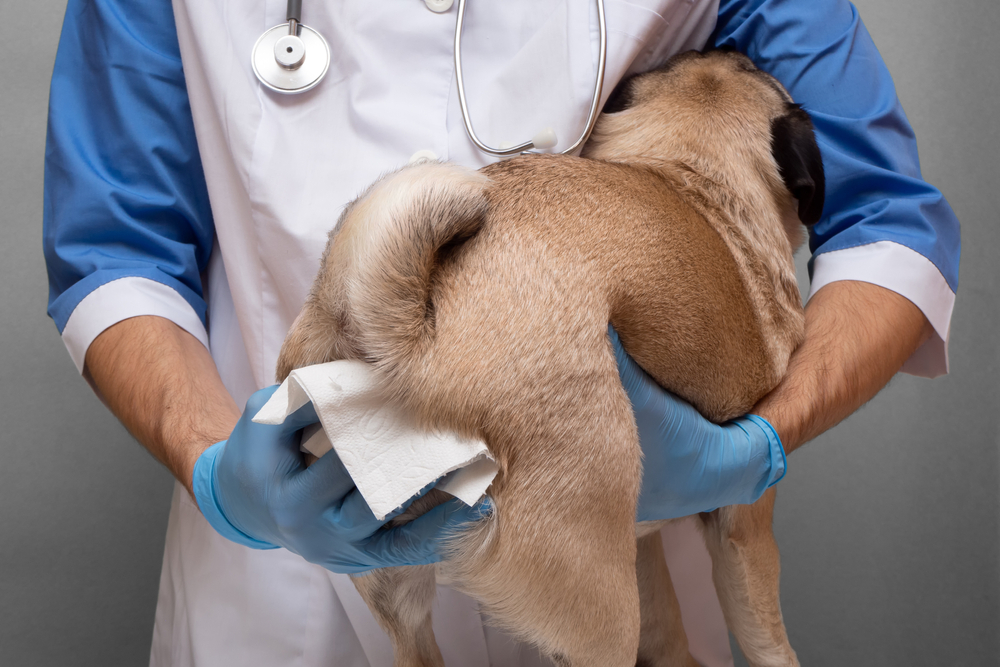

Conclusion
Overall, anal gland adenocarcinomas are not very common. Unfortunately, when they do occur, there is a high chance of metastasis. As a result of a high chance of metastasis, prompt and aggressive treatment of the tumor is recommended when possible. Although anal gland tumors cannot be prevented, routine rectal evaluations should be done to increase the chances of catching these tumors early on.
Featured Image Credit: Albina Gavrilovic, Shutterstock
